SBA 7(a) Loan Program
The SBA 7(a) loan program encourages lenders to make loans to small businesses that the lenders would not have made without some form of credit enhancement.
The SBA 7(a) program serves as the SBA’s primary business loan program to help qualified small businesses obtain financing when they would not be eligible for financing through conventional lending channels
Loan proceeds can be used for most sound business purposes including working capital, machinery and equipment, furniture and fixtures, land & building and leasehold improvements.
The SBA allows lenders to sell the guaranteed portion of SBA 7(a) Loans to investors on the secondary market
Loan maturities range from 5 to 25 years and are fully amortizing:
- 5 – 7 years for working capital
- 10 years for equipment
- 25 years for commercial real estate
Loans are typically indexed to the Prime Rate and carry interest rates between 0.25% – 2.75% over the index
- Vast majority of SBA 7(a) loans adjust monthly or quarterly
- Other structures include hybrid adjusts and fixed rates










